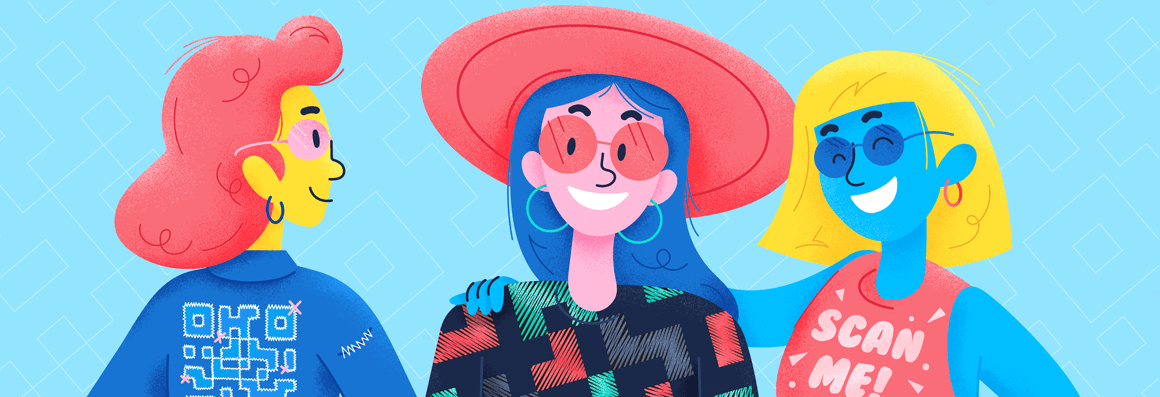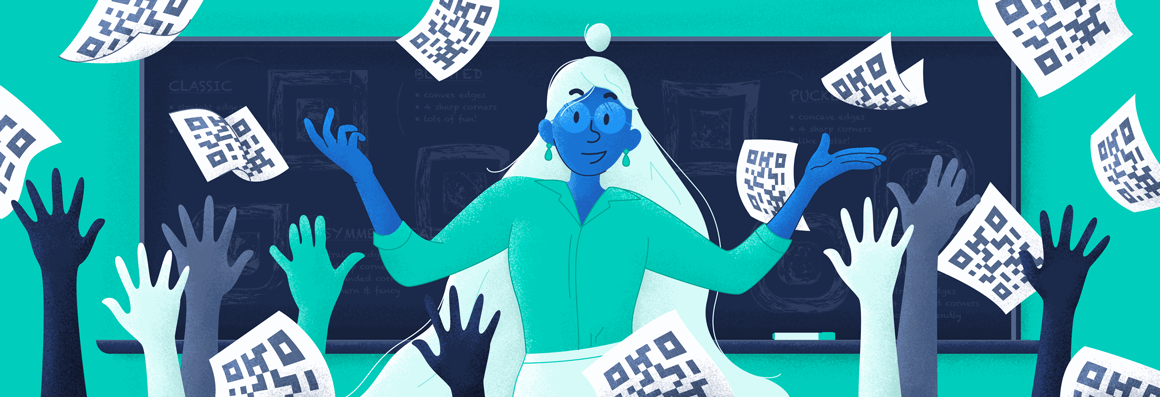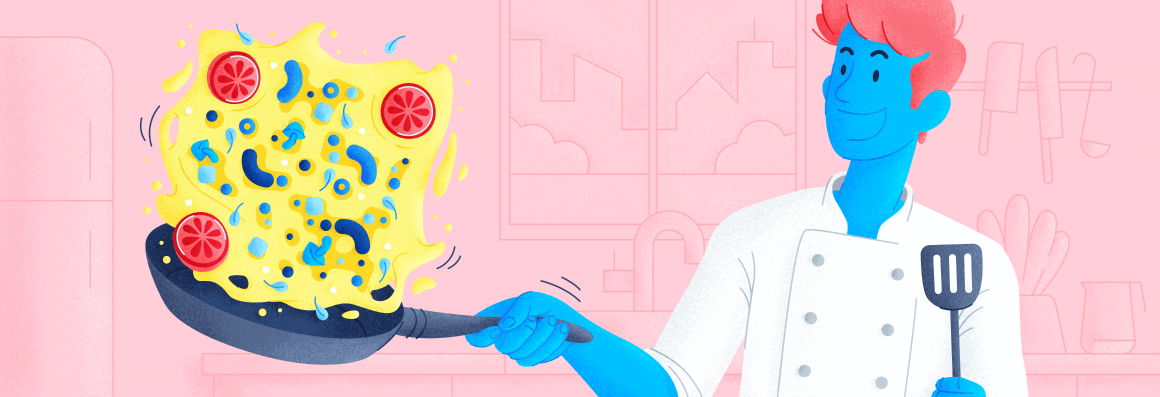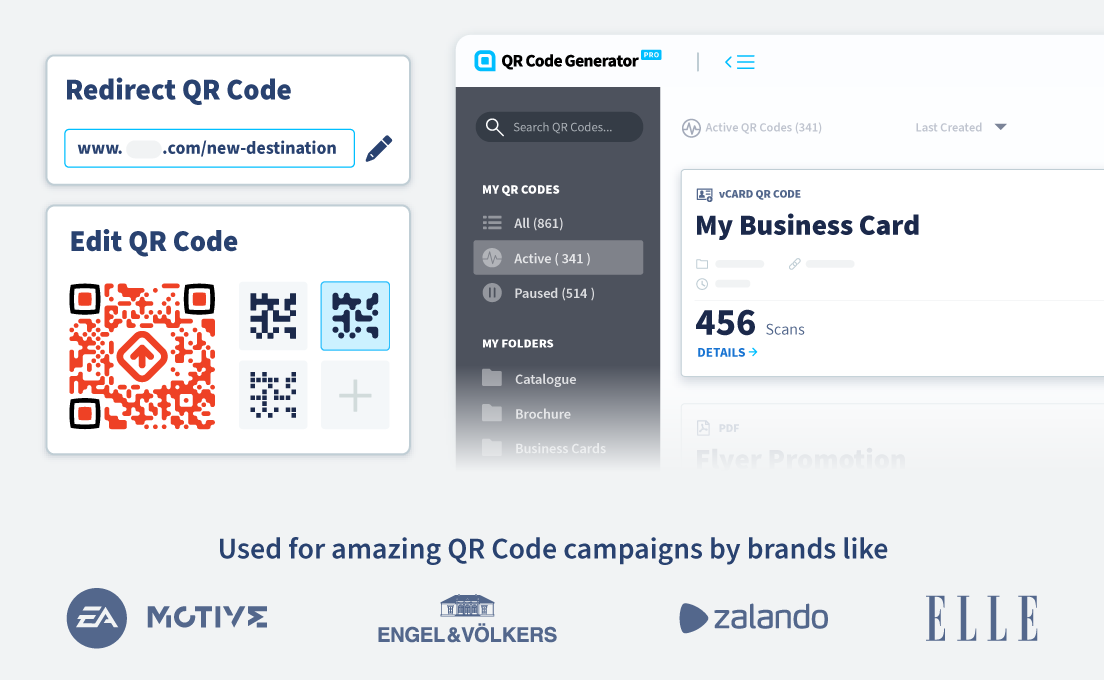
- Best Practices ●
- COVID-19 ●
- Industry Trends ●
- Partners ●
- Product ●

Staff pick Industry Trends
QR Code Advertising: How to Integrate QR Codes into Your Ads
Want to make your ads stand out? Give your ad the ultimate glow-up with QR Codes!

Best Practices● Jul 23, 2025
How to Use QR Codes on Clothing for Your Marketing Strategies
Learn about the benefits and marketing strategies behind using QR Codes on clothing.

Product● Jul 18, 2025
Data Matrix vs. QR Codes: An Overview of the Differences
Explore the differences between Data Matrix and QR Codes.

Industry Trends● Jun 27, 2025
The Current State of QR Codes for Marketers (With New 2025 Data)
Make every scan count this year with the latest report on how marketers are using QR Codes.

Best Practices● Jun 20, 2025
How to Use QR Codes on Resumes (+ Why You Should)
Learn how and why you should use QR Codes on your resume.

Best Practices● May 29, 2025
5 Ways Teachers Successfully Use QR Codes in the Classroom
Learn how teachers use QR Codes in the classroom to enhance learning.

Best Practices● Apr 10, 2025
The Ultimate Guide to QR Codes for Cafés: Menus, Marketing, and More
Learn how to successfully implement QR Codes in cafés with our helpful guide.

Best Practices● Apr 07, 2025
Boost Attendance and Drive Event Engagement With QR Codes
Learn how to boost attendance and event engagement with QR Codes.

Product● Apr 07, 2025
How To Use a Batch QR Code Generator to Make Multiple QR Codes
Find out how to use a batch QR Code generator to make all the codes you need.

Best Practices● Mar 31, 2025
10 Ways to Reduce Paper Waste and Printing Costs With QR Codes
Learn how QR Codes can help lower businesses’ paper printing costs.

 Add custom colors, logos and frames.
Add custom colors, logos and frames.
